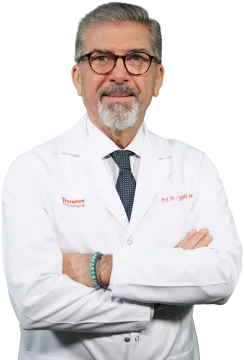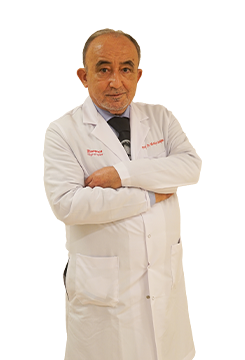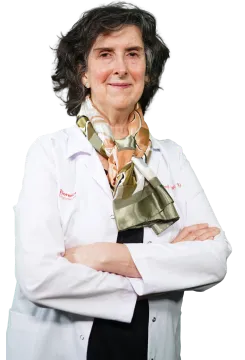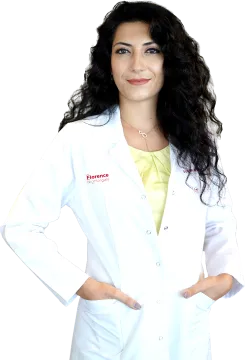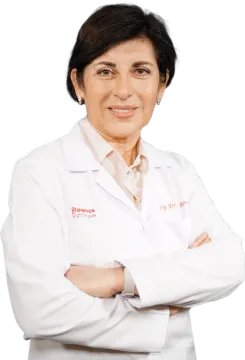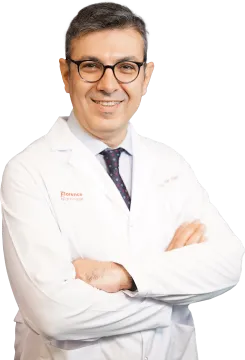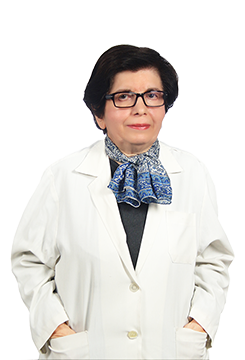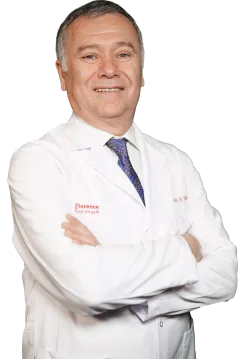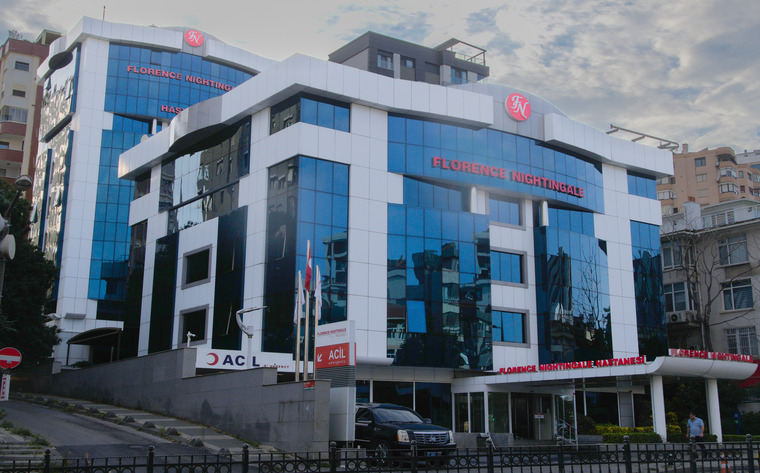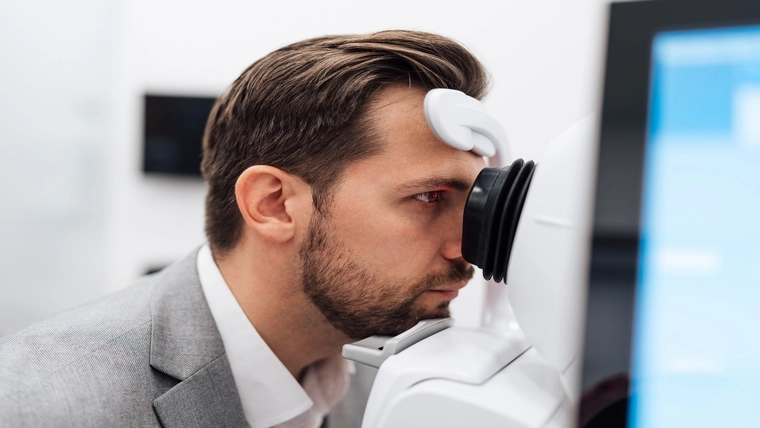
What is the Department of Eye Health and Diseases and Which Diseases Does It Cover?
The Department of Eye Health and Diseases is a medical unit that carries out the health protection, diagnosis and treatment processes of the eye and surrounding structures. Various diseases related to eye diseases and vision problems are addressed in this department. Common and serious eye diseases such as cataracts, glaucoma, macular degeneration and diabetic retinopathy are covered in this department. In addition, refractive errors (myopia, hyperopia, astigmatism) and infections are also treated in this department.
Who is an Ophthalmologist and What Are Their Duties?
An ophthalmologist is a doctor who specializes in eye health. These specialists have in-depth knowledge of the structure, functions and diseases of the eye. Their duties include diagnosing eye diseases, creating treatment plans, performing surgical interventions and maintaining the overall eye health of patients. They also inform patients about the risks of eye diseases and prevention methods.
What Diseases Are Included in Eye Diseases?
Eye diseases cover many different conditions that can occur in various parts of the eye. These diseases can affect the health of the eye and vision. The most common and serious eye diseases are listed as follows:
Cataract- Definition: It is a condition that causes vision loss as a result of clouding of the lens of the eye.
- Symptoms: Blurred vision, difficulty seeing at night, colors appearing faded.
- Treatment: It is usually treated with surgical intervention.
- Definition: A disease that damages the optic nerve and is usually associated with increased intraocular pressure.
- Symptoms: Narrowing of the visual field, blurred vision, eye pain.
- Treatment: Medications, laser therapy or surgery.
- Definition: It is a disease that occurs as a result of damage to the macula area located in the center of the retina.
- Symptoms: Loss of central vision, straight lines appear wavy.
- Treatment: Medications, laser therapy, eye injections, diet and lifestyle changes.
- Definition: Retinal damage caused by diabetes.
- Symptoms: Loss of vision, blurred vision, bleeding in the eye.
- Treatment: Blood sugar control, laser therapy, surgical intervention.
- Definition: It is the condition where the corneal layer becomes thin and takes on a cone shape.
- Symptoms: Blurred and distorted vision, light sensitivity.
- Treatment: Contact lenses, corneal cross-linking therapy, corneal transplantation.
- Definition: Separation of the retina from the supporting layer beneath it.
- Symptoms: Sudden loss of vision, flashes of light, vision becoming blurred.
- Treatment: Immediate surgical intervention.
- Definition: Inflammation of the middle layer of the eye (uvea).
- Symptoms: Eye redness, pain, sensitivity to light, blurred vision.
- Treatment: Corticosteroids, immunosuppressive drugs.
- Definition: Inflammation of the membrane covering the white part of the eye.
- Symptoms: Eye redness, itching, watering, crusting.
- Treatment: Antibiotics, antihistamines, eye drops.
These diseases can seriously affect eye health and lead to permanent vision loss if left untreated. With early diagnosis and appropriate treatment, most eye diseases can be controlled and vision loss can be prevented. Regular eye examinations and consultation with an ophthalmologist are important for eye health.
What are Eye Disease Examinations?
Eye examinations include various tests performed to evaluate the patient's eye health and diagnose possible diseases. Tests such as visual acuity testing, eye pressure measurement, biomicroscopy, retinal scanning, and corneal topography are commonly used. These examinations are critical for the early diagnosis and treatment of eye diseases.
What Methods Are Used in the Treatment of Eye Diseases?
The methods used to treat eye diseases vary depending on the type and severity of the disease. Medication, laser therapy, and surgical interventions are the most common methods. For example, surgical methods are usually used in the treatment of cataracts, while medications and laser therapy are common in the treatment of glaucoma. In addition, special medications and treatment protocols are applied for conditions such as macular degeneration.
When Should You Go to the Eye Health and Diseases Department?
Regular eye examinations are important to protect eye health and to diagnose potential diseases early. If symptoms such as sudden vision loss, pain, redness, blurred vision or light sensitivity are noticed in the eyes, an ophthalmologist should be consulted immediately. In addition, people with systemic diseases such as diabetes or high blood pressure should be under regular eye health checks.
What is Done During an Eye Disease Examination?
During an eye examination, the doctor performs various tests and evaluations. The patient's vision is measured with a visual acuity test. The front and back structures of the eye are examined in detail with biomicroscopy. Eye pressure is measured to assess the risk of glaucoma. In addition, retina and optic nerve examinations are performed. During this process, all information about the patient's eye health is collected and the necessary treatment plan is created.
